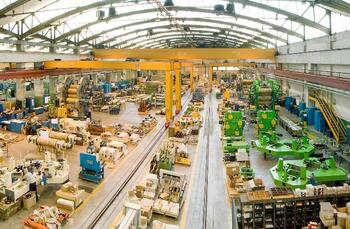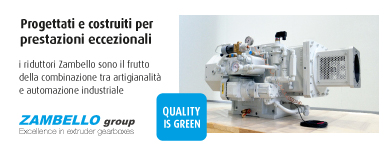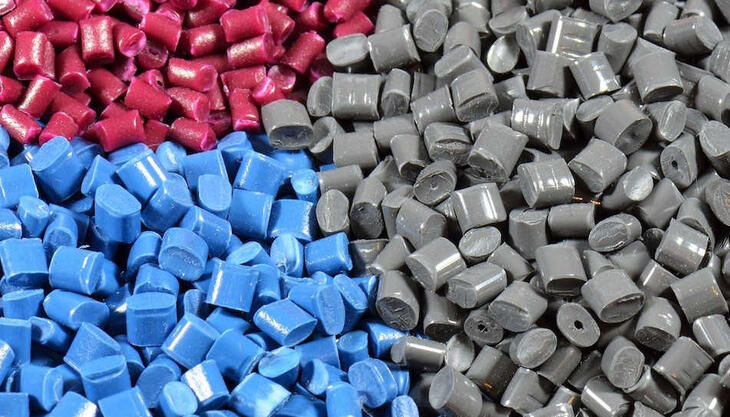
Assocomaplast (the Italian trade association, belonging to Confindustria, which groups together some 170 machinery manufacturers) has compared Istat (the Italian institute of statistics) foreign trade data for January-September of the current year with data for the same period in 2013 and confirms further growth in both imports and exports. Exports rose by over 4% while purchases from abroad grew by over 7%. This has also led to a consolidation (+3%) of an already strong balance of trade.
However, the positive trend in exports, traditional driver for Italian manufacturers of plastics and rubber processing machinery, has lost some of its momentum in recent months. On the other hand, in spite of the sustained increase in imports evidenced in the statistics, businesses in the sector do not seem to feel confidence in the recovery of the domestic market. Hence a prudent assessment by Assocomaplast envisages a year-end balance substantially in line with that of 2013.
However, it must be pointed out that even Germany, in light especially of a drop in foreign trade, mainly with important markets such as Russian, Brazil, China and India, has recently lowered its year-end forecasts for production in 2014: the current estimate is off a number of decimal points from the +3% stated in June.
Regarding Italian statistics for January-September for macro outlet areas, an increase of 4.5% is recorded in exports to Europe - which is confirmed as the principal destination of foreign sales for Italian manufacturers - up to a total of 1.13 billion euro. The EU markets absorbed 80% of that value, with average growth greater than that in the rest of Europe. Indeed in the extra-EU European countries, the crisis with Russia has had a strong impact, causing orders to fall off by something on the order of 20%.
The Americas have shown an equally positive trend but it must be pointed out that this is essentially attributable to the excellent trend in sales to the United States and Mexico, with an increase in the neighbourhood of 20%. Sales to Central and South America have stalled, with the decrease of 22% in sales to Brazil weighing heavily.
The most sustained progress was witnessed in exports to Asian markets, which increased by 7.4%. China leads here, but Indonesia has also performed well, while sales to Japan were nearly cut in half. Exports of plastics and rubber processing machinery to Africa and Oceania have also fallen off.






















